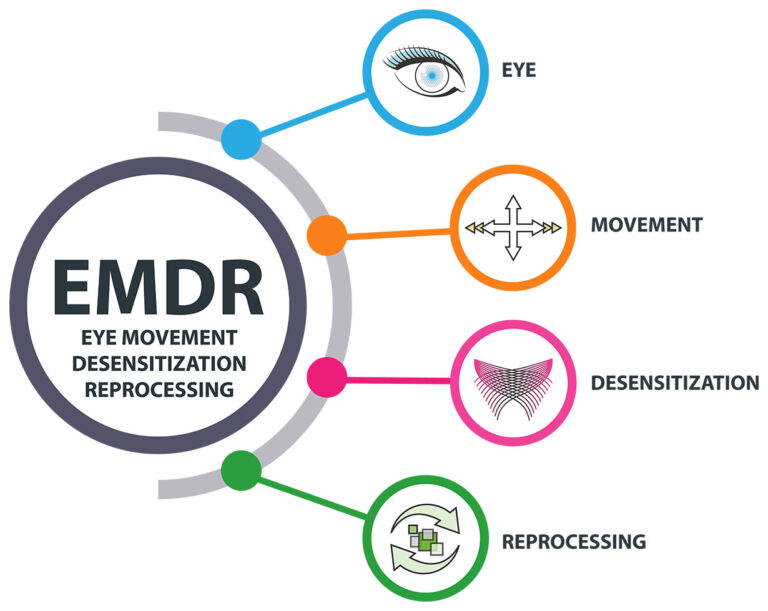The Role of a Sport Physiotherapist in Recovery and Performance
Sports, whether professional or recreational, demand a lot from the human body. Athletes constantly push their limits, which often leads to muscle strains, joint issues, or even significant injuries. While determination and training are key to success, recovery and injury prevention play an equally important role. This is where physiotherapy becomes invaluable, especially when guided by an expert focused on sports-related care.
Why Athletes Turn to a Sport Physiotherapist
For those who participate in demanding physical activities, finding the right Sport Physiotherapist can make a significant difference in both recovery and performance. These specialists understand the unique pressures placed on the body during sports and are trained to manage injuries in ways that promote healing without sacrificing future ability. Athletes often rely on them not just for treatment, but also for strategies that help reduce the risk of recurring injuries.
Understanding Sports Physiotherapy
Sports physiotherapy is a branch of physical therapy dedicated to the prevention, diagnosis, treatment, and rehabilitation of sports-related injuries. Unlike general physiotherapy, it focuses specifically on athletes’ needs, recognizing that their bodies endure higher intensity movements, repetitive stress, and performance-driven demands. A sport physiotherapist takes into account not just the injury itself but also the type of sport, the athlete’s goals, and the mechanics involved.
Common Sports Injuries Treated
Sports injuries can vary widely, but some are particularly common across different activities:
- Muscle Strains – often affecting hamstrings, calves, or shoulders.
- Ligament Injuries – such as sprains or the well-known ACL tear.
- Tendonitis – caused by overuse, frequently seen in runners and tennis players.
- Fractures and Dislocations – resulting from falls or high-impact collisions.
- Back Pain – linked to posture, movement mechanics, or repetitive strain.
- Overuse Injuries – including shin splints and stress fractures.
Each of these conditions requires careful management, and improper recovery can lead to chronic pain or long-term limitations.
Techniques Used in Sports Physiotherapy
A sport physiotherapist applies a range of evidence-based techniques designed to restore strength, flexibility, and function:
- Manual Therapy: Hands-on techniques to mobilize joints and relieve muscle tension.
- Exercise Programs: Tailored routines to rebuild strength and balance.
- Electrotherapy: Tools like ultrasound or TENS to reduce pain and inflammation.
- Taping and Bracing: Providing support to vulnerable areas during recovery.
- Rehabilitation Training: Simulating sports-specific movements to prepare athletes for safe return to play.
- Education and Advice: Guiding athletes on lifestyle adjustments, warm-ups, and training modifications.
The Importance of Prevention
One of the most overlooked aspects of sports physiotherapy is prevention. Athletes often wait until after an injury to seek help, but proactive physiotherapy can be equally valuable. Through assessments, a physiotherapist can identify weak areas, imbalances, or improper movement patterns that may increase the risk of injury. Correcting these issues early ensures athletes can perform better and safer.
Recovery Beyond the Physical
Sports injuries do not just impact the body—they also affect the mind. A sidelined athlete may experience frustration, anxiety, or loss of confidence. A sport physiotherapist understands these psychological challenges and incorporates motivation, reassurance, and gradual progress tracking as part of the recovery journey. This holistic approach helps athletes regain both physical strength and mental resilience.
Supporting Athletes at All Levels
Sports physiotherapy is not limited to elite athletes. Weekend runners, fitness enthusiasts, and school-level players can all benefit from specialized care. The goal is not only to treat existing injuries but to ensure individuals can continue enjoying their chosen activities without unnecessary interruptions. Even for non-professionals, physiotherapy helps maintain long-term joint health and reduces the likelihood of future problems.
The Road to Returning Stronger
The return-to-play process after an injury must be carefully managed. Rushing back too quickly risks re-injury, while taking too long can affect performance. A sport physiotherapist designs a structured plan that gradually reintroduces training intensity while ensuring the body is fully prepared. This balance allows athletes to come back stronger, often with better awareness of their bodies and improved technique.
Integrating Physiotherapy with Training
Collaboration is another important aspect. Physiotherapists often work alongside coaches, trainers, and medical professionals to ensure a complete support system for the athlete. This team-based approach aligns rehabilitation with performance goals, making recovery a natural extension of training rather than a separate process.
Long-Term Benefits of Sports Physiotherapy
While the immediate goal may be recovery from injury, the long-term advantages are just as significant:
- Reduced risk of recurring injuries.
- Improved flexibility, balance, and coordination.
- Enhanced overall performance through optimized movement.
- Better body awareness and training habits.
- Sustained physical health, even beyond an athlete’s competitive years.
Conclusion
A sport physiotherapist does far more than treat injuries—they empower athletes to heal, perform, and thrive. By combining clinical expertise with an understanding of athletic demands, they ensure recovery is not just about getting back on the field, but about returning stronger and more resilient. For anyone engaged in regular sports or physical activity, physiotherapy offers both immediate support and long-term benefits, making it an invaluable part of a healthy, active lifestyle.




